

Why more light?
Light is absorbed by the retina of the eye and it affects the production of melatonine. Also named ‘sleeping hormone’, melatonine is known as the key to the internal clock and depends on the day vs. night ratio. Light slows down the production of melatonine, darkness accelerates it. In other words: longer light means less sleeping hormone and more active, healthier cows.
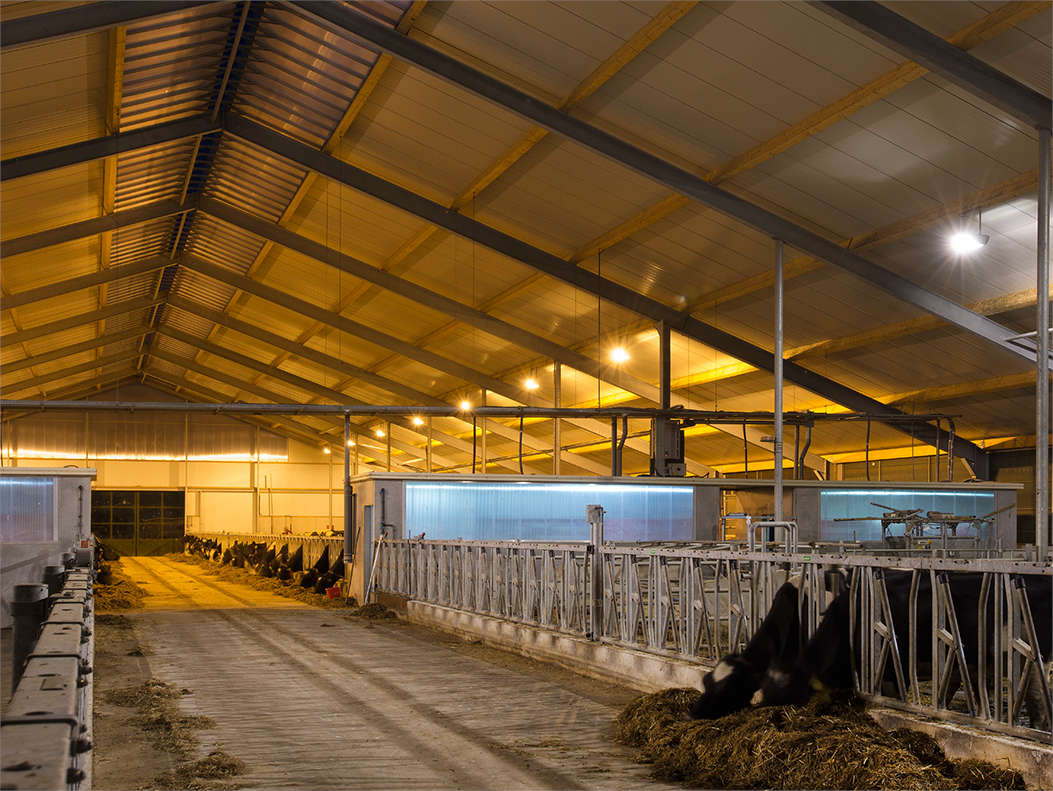
Higher production
In summer, the days are longer and cows consequently more active. A lighting level of 100,000 lux in summer is not unusual, whereas, in winter, lighting levels of even as little as 6,000 lux are hard to attain. As the amount of daylight affects the production of melatonine, Agrilight intends to simulate summer days by way of a 16-hour lighting programme in which 16 hours of light correspond to 16 hours of at least 150 lux.
Research has demonstrated that adequate lighting management will produce 15% more milk if the following guidelines are observed:
Results:
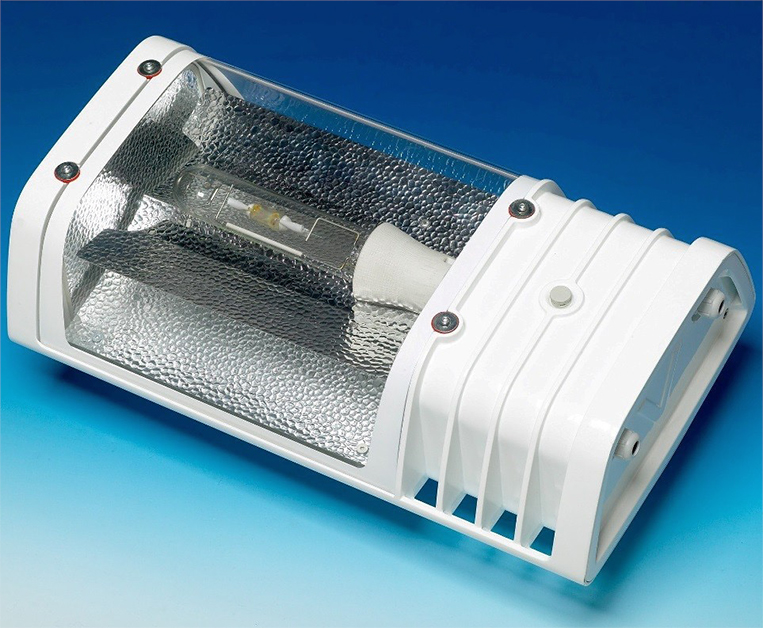
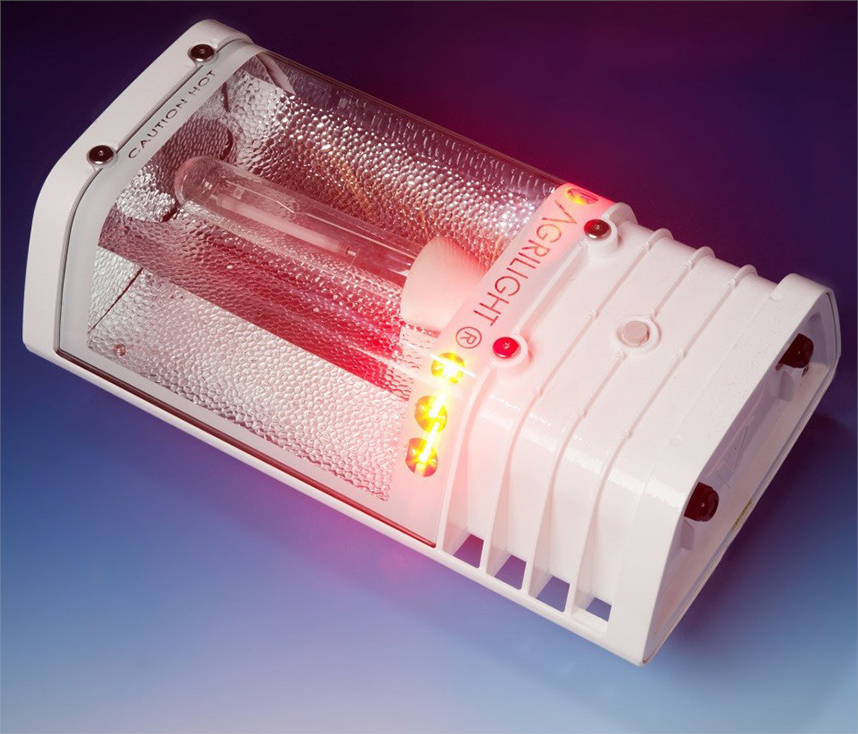
The AL2007 fitting is developed specifically for dairy and beef cattle and stock like horses, goats and sheep.
The AL2007 fitting is available with 250 or 400-watt High Pressure Sodium or Metal Halide lamps. Agrilight products are developed specifically for functioning in stabling environments. This means that they are damp-, ammonia- and dust-resisting.
The fitting is also available as AgriLED® Red. As various types of cattle hardly discern any red light, the farmer will have sufficient light during inspection rounds. Integrating this night lighting eliminates the necessity of introducing separate lighting, which results in considerable time profit and lower fitting costs.
The AL2007 and AgriLED® RED fittings are available with High Pressure Sodium (HPS) or Metal Halide (MH) lamps in 250- or 400-watt versions. All these lamps stand out for their high output and long life. Metal Halide emits white light, High Pressure Sodium emits yellow light.
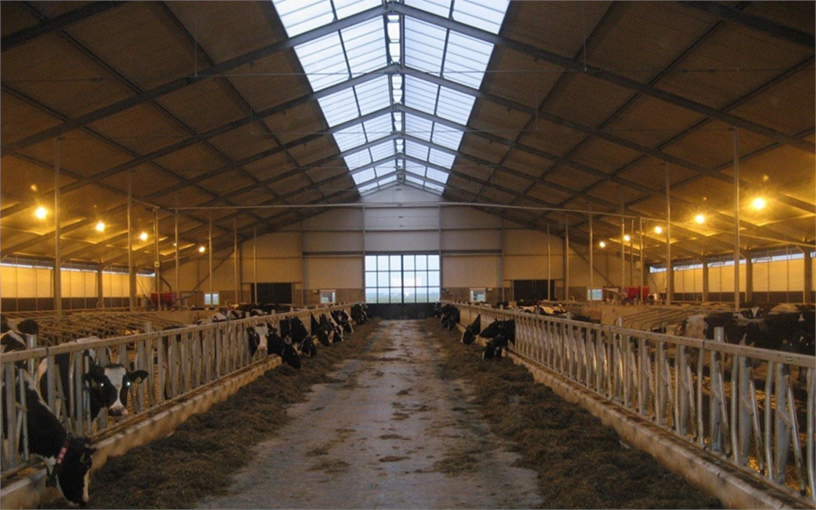
High Pressure Sodium (HPS)
The High Pressure Sodium lamp is the most efficient option. HPS lamps are available in 250- and 400-watt versions and are characterised by high lumen / watt ratios (142 Lm/W), a long life (20,000 burning hours) and attractive price.
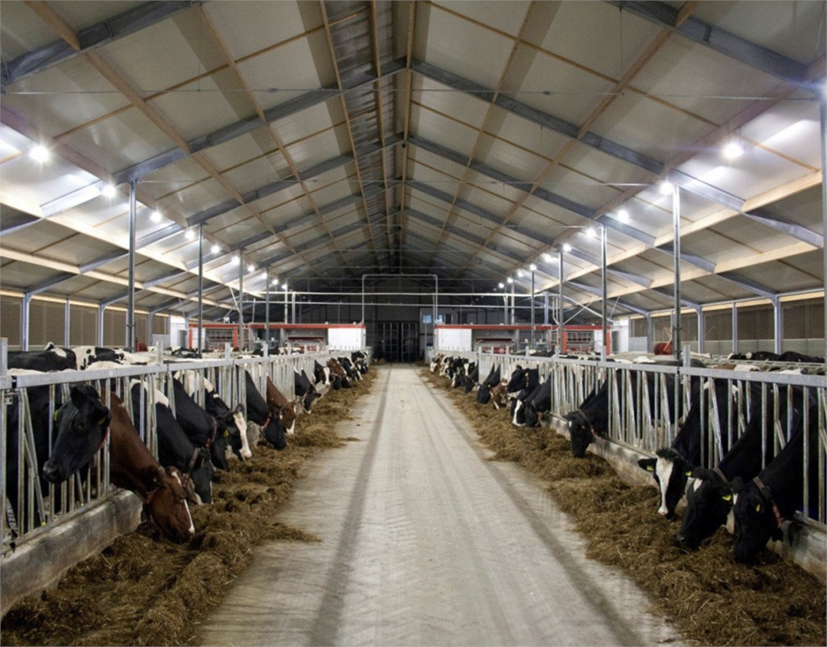
Metal Halide (MH)
Metal Halide lamps are characterised by a bright white colour. As a result, they are used in spaces where colour detection is required, like calving and waiting rooms. MH lamps have lower lumen / watt ratios (95 Lm/W) and a shorter life than HPS lamps (10,000 burning hours). MH lamps are available in 250- and 400-watt versions.

About the author